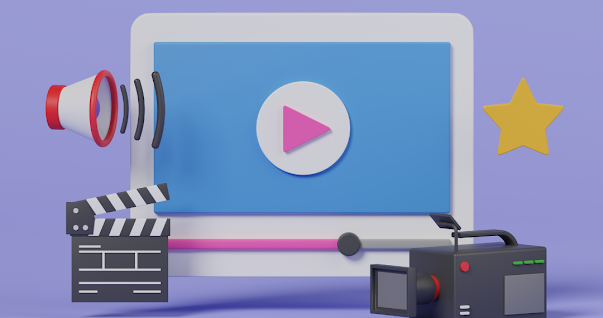eLearning Translation services: How to make learning international?
Working and studying remotely has become the new normal in light of changing times, whether it's owing to digital transitions or lockdowns due to pandemics like Covid-19.
Using virtual training and E-learning platforms, corporations and institutions all over the world are able to keep their remote workforce engaged, measure their progress, and personalize their training and development needs.
Many businesses are recognizing the need of customizing eLearning courses for various learner groups.
To translate an e-learning course, all that is required is to convert it from its native language to the "target language".
Apart from making sure that the text and story are correct in the target language, the way the content is presented with images and tone must also be culturally suitable.
What is e-learning localization?
Translation refers to making an eLearning course available in a different language but localization 0n the other hand refers to tailoring the course to the target audience's culture.
Symbols, photos, photographs, typefaces, idioms, currencies, dates, acronyms, graphical user interface (GUI), tone, measurement units, and other elements may all be customized.
The goal of eLearning localization is to communicate the same meaning as the original course, with the appropriate emotion, in a particular cultural setting.
E-learning localization ensures that your translated e-learning content is culturally relevant and acceptable. The meanings in the text must be understood by your audience.
Once the information is translated, a course loaded with colloquial language or slang peculiar to the original language may hinder the consumers' understanding.
Also Read: eLearning Translation services: How to make learning international?
Why eLearning Translation?
The world is a global village and it appears to be getting smaller all the time. More and more businesses are employing people from all around the world.
Every day, items are sent from one side of the world to the other. For instance, products made in one nation is marketed all over the world, necessitating training in everything from how to sell the products to how to operate or use them.
Before you realize it, one course may need to be translated into about twenty different languages around the world.
By ensuring that your e-learning is translated and ready, you will be able to:
Ensure that your material is understood by team members, students, and clients all around the world.
Demonstrate your commitment to inclusive staff training to gain respect in your business.
Without depending on an in-person teacher or translator, improve the correctness of your material.
Top eLearning Translation services
Milestone Localization
Milestone Localization is a language firm that provides a broad range of services. Through translation and localization services, the platform assists businesses in expanding regionally or worldwide. They support 20 Indian languages as well as 50 other languages from across the world. Their Translation Services assist their businesses in localizing their products and information so that they may interact with customers from all around the world.
Morningside
Morningside is a renowned leader in eLearning translation, offering a comprehensive set of language and multimedia services to help you provide training and content to employees, end-users, and consumers all around the world.
Mars Translations
Mars Translations is a language firm that provides eLearning translation services. You can anticipate a consistent translation of your training materials to improve comprehension among your clients and workers throughout the world and to build the smoother communication channel you require.
Conclusion
Localizing your E-learning course will go a long way in keeping your learners interested, motivated, and providing them with that much-needed sense of inclusion, especially with a worldwide workforce to cater to and learners preferring to learn in their home language.
If you are planinf to localize your elearning content contact us



Comments
Post a Comment